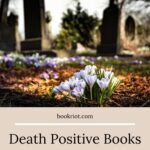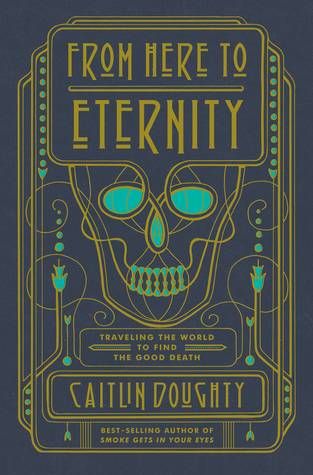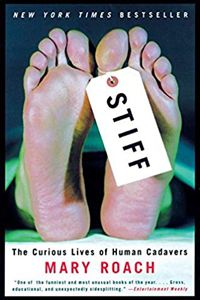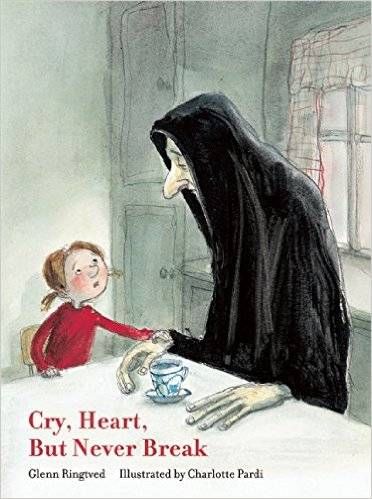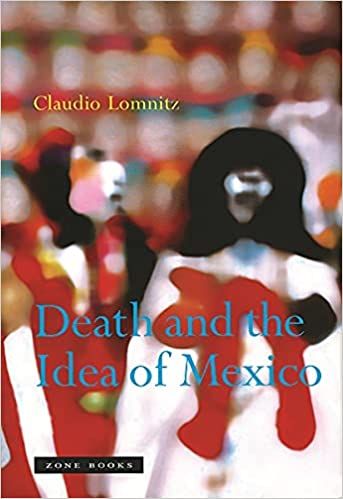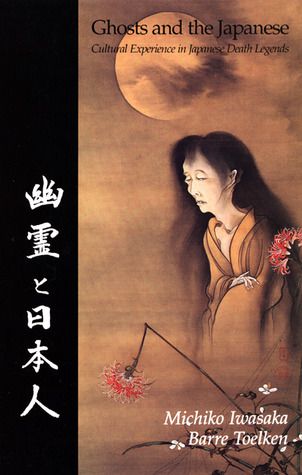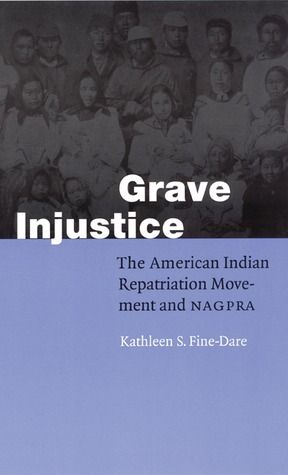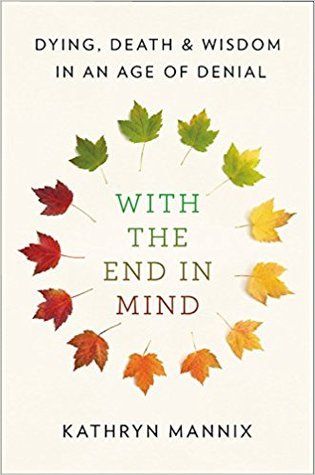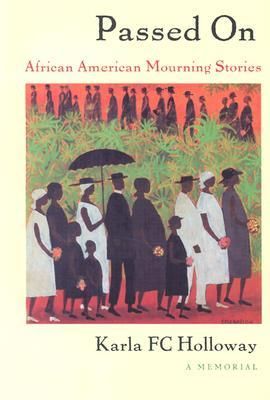So what is the death positive movement? Built upon death centered movements reaching back as far as the 1970s, this modern iteration is focused on removing the fear around death. It aims to show that it’s not morbid to talk about death in “polite society,” but in fact is part of living in a healthy society. The movement works to educate others on their options around death, fights to ensure that people have a right to choose how they die, and that they have access to those choices. Being death positive doesn’t mean that you are happy when someone dies, it just means you’re more willing to discuss your grief and experiences around death. Death isn’t something to be sequestered away in some basement mortuary or behind closed doors at a funeral home. To help guide you into that frame of mind, I (a thanatologist) have some recommendations to welcome you into the death positive movement. Death has been on the forefront of a lot of people’s minds recently, and plenty have had to arrange funerals and wakes they hadn’t considered having to plan that soon. Hopefully this list brought some comfort, or perhaps just some new ideas around death as a whole. If you’re interested in thanatology and would like to contribute to death research, you can answer the questions in this survey, connected to my thesis over COVID-19 and your experience with death. It is entirely anonymous and IRB approved, and you would be contributing to important research into our culture. If you would like to hear me talk about said research, you can listen to this podcast episode, or read the transcript. And if you need some books to help you through grief, you can check out this list with comforting books about death and dying.
